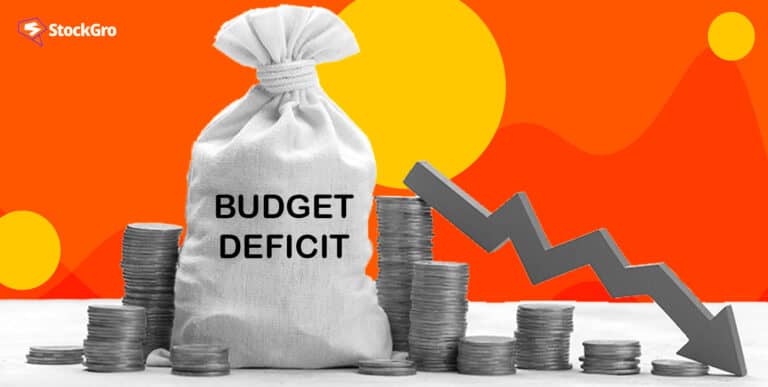
Cash flow is often used as a metric by which firms and businesses are valued for potential buyers. It is the measure of a company’s ability to generate cash from its business. As the cash flows through the company’s books, it goes through many reductions before it gets to free cash flow.
In this article, we’re going to explore free cash flow, understand why it is important, how it is calculated, and the differences between levered and unlevered free cash flows.
What is free cash flow?
Free cash flow is the cash that’s generated by the business after deducting whatever it needs to run its operations – which is also known as its operating expenses. Free cash flow can also be understood as the cash that’s available to investors – both debt and equity – after operating expenses have been deducted.
Free cash flow, hence, is an essential metric because it helps inventors figure out how much time they need to get their principal and a return back.
Calculating free cash flow
Free cash flow can simply be understood by the formula:
Free Cash Flow (FCF) = Operating Cash Flow (OCF) – Capital Expenditures (CAPEX)
Operating cash flow (OCF) is the cash flow that the company generates from its everyday operations, which is usually the sale of goods and services. For instance, a company that pays very high salaries to its executives or leases expensive office buildings would have a lower OCF compared to a similar business with more reasonable expenditures.
Capital expenditures (CAPEX) are investments that the company makes on its capital assets, which could include property, plant, equipment, and others. These could also include opening up of new facilities or upgrades to existing ones.
When calculating FCF for a company, both OCF and CAPEX are important line items that can be found in the company’s financial statements.
You may also like: Discounted cash flow – Concept and computation
Understanding the concept behind free cash flow
Cash flow has been one of the most important metrics in firm valuation ever since the early 1900s. Here is how you can wrap your head around FCF.
Imagine that FCF is the amount of cash the company generates after it takes out everything it needs to actually run the business. This could include working capital, capital expenditures, etc. Now, this remaining cash goes to investors – either debt investors who lend money to the company for interest, or equity holders who have a stake in the company’s net income.
A positive free cash flow means that the company generates excess cash from its operations that is required to run its day-to-day. This is almost always a good thing. No matter whether you’re an equity or debt investor, positive free cash flow means that you’re more likely to get your money back.
Negative FCF, on the other hand, means that the company loses money as a result of its day-to-day operations and doesn’t have enough to give its investors. This is not always a bad thing – lots of successful startups started off on negative cash flow because of heavy R&D investments. Eventually, the good businesses turn cash flow positive and have enough cash to pay back their investors either in interest or dividends.
Also Read: Calculating company valuations. Everything there is to know
Limitations of using free cash flow as a metric
While free cash flow is a very important metric for investors, it has its limitations too:
- Capital expenditures can be defined differently by different people, which makes it difficult to compare free cash flows across companies and industries.
- Future capital expenditures are not taken into account during these calculations, including the business environment that the company functions in.
- Cash accounting is not always reliable as an accounting method because it may not reflect the exact inflows and outflows of cash in real time.
- FCF doesn’t always indicate value because it is a numbers-based metric. It ignores other factors like growth potential, industry trends, and competitive advantages that are useful in determining a company’s worth for investment.
Levered and unlevered free cash flows
These are two variations of the same free cash flow, only with a slight but important difference – levered free cash flow includes interest payments while unlevered free cash flow doesn’t.
This means that if a company is levered free cash flow positive, it has enough money to pay down the interest on a loan and then have money left over to distribute to equity investors. Unlevered free cash flow doesn’t include those interest payments.
Another way to think about this is that levered free cash flow is the cash that equity investors have a stake on after creditors have been paid, and unlevered free cash flow is the cash that’s available to all investors in the firm.
Also Read: What are financial statements and how to read them
Conclusion
Despite limitations, free cash flow remains a valuable metric in corporate financing. When used in conjunction with other financial ratios and qualitative metrics, FCF can provide a comprehensive understanding of a company’s financial health and cash-generating capabilities.

